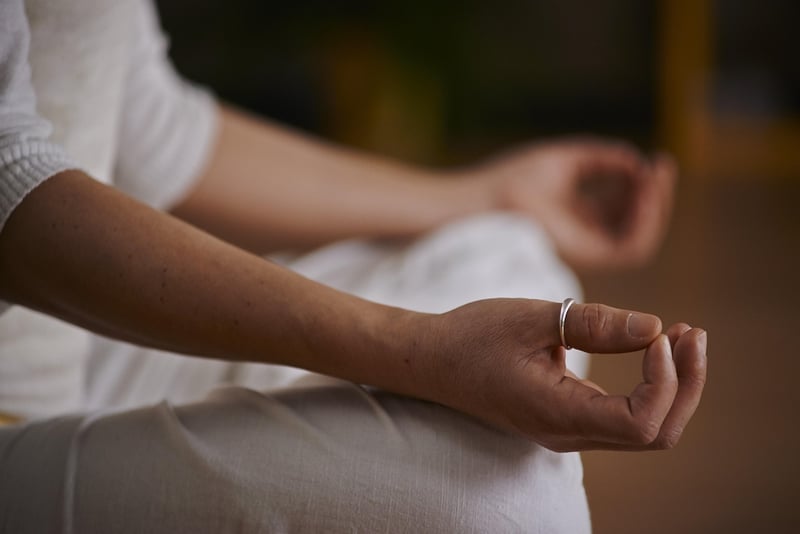Pranayama Practices
Enhance Well-being through Breath + Pranayama Practices
In today's fast-paced world, stress and anxiety have become common issues that many people face. One powerful way to enhance your well-being and manage these challenges is through the practice of Pranayama, the ancient yogic art of breath control. By incorporating Pranayama techniques into your daily routine, you can experience a multitude of benefits for both your physical and mental health.
The Science Behind Pranayama
Pranayama focuses on regulating the breath to balance the flow of prana, or life force energy, within the body. This practice has been shown to have a direct impact on the autonomic nervous system, helping to reduce stress, improve focus, and enhance overall vitality. By consciously controlling the breath, you can influence your mental and emotional state, promoting a sense of calm and well-being.
Benefits of Pranayama Practices
- Stress Reduction: Pranayama techniques help activate the parasympathetic nervous system, inducing a state of relaxation and reducing stress levels.
- Improved Respiratory Function: By expanding lung capacity and increasing oxygen intake, Pranayama can enhance respiratory efficiency and overall lung health.
- Mental Clarity: Deep breathing techniques can clear the mind, improve focus, and boost cognitive function.
- Emotional Balance: Pranayama practices can help regulate emotions, promote inner peace, and cultivate a sense of emotional equilibrium.
- Enhanced Energy Levels: By balancing prana within the body, Pranayama can increase vitality and promote a sense of overall well-being.
Getting Started with Pranayama
If you're new to Pranayama, it's essential to start slowly and choose techniques that feel comfortable for you. Begin with simple practices like:
- Deep Belly Breathing: Place one hand on your abdomen and one hand on your chest. Inhale deeply through your nose, allowing your belly to rise as you fill your lungs with air. Exhale slowly through your mouth, feeling your belly fall. Repeat for several breaths.
- Alternate Nostril Breathing: Close your right nostril with your right thumb and inhale through your left nostril. Close your left nostril with your ring finger, release your right nostril, and exhale through the right nostril. Repeat on the other side.
- Box Breathing: Inhale for a count of four, hold for a count of four, exhale for a count of four, and hold for a count of four. Repeat this pattern for several rounds.
Remember to practice Pranayama in a quiet, peaceful environment where you can focus on your breath without distractions. With regular practice, you'll begin to experience the transformative effects of this powerful technique on your well-being.
Conclusion
Enhancing your well-being through breath and Pranayama practices can have a profound impact on your physical, mental, and emotional health. By incorporating these ancient techniques into your daily routine, you can cultivate a deeper sense of inner peace, vitality, and overall well-being. Start your Pranayama journey today and breathe your way to a healthier, happier life!

Image Source: Pixabay
